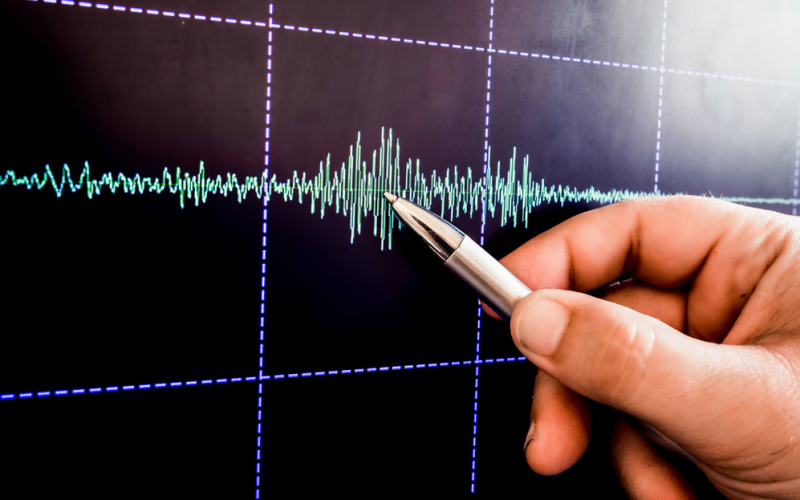
An accelerometer is an electronic sensor that is a highly effective device to measure the acceleration forces that act on an object. It helps determine an object’s position in space, considering there are two types: dynamic and static. It helps measure the vibration by converting physical movement into electrical signals. The data received from an accelerometer is vital for the purpose of analysis and control. It helps measure the acceleration of an object.
Accelerometer – Applications & Calibration
This type of device can sense the change in acceleration; hence it often used to monitor vibrations and shocks. One of the popular applications is a ground & building vibration monitoring system. It is also useful for vehicles, especially during vehicle crash testing and building acoustics. It is often found embedded in various handheld devices like mobile phones, tablets, and video game controllers where the feedback is used to make a software application more feature-rich.
The data collected by such devices is vital since it is also present in equipment meant for indoor and outdoor monitoring that includes devices to generate seismographs. A wrong reading can not only cause damage; it can also mean the difference between life and death. Some of the other equipment that makes use of such features includes:
- Navigation system for which the accelerometer needs to be highly sensitive.
- Monitoring vibration of rotating machinery.
- Ensure a digital camera displays the pictures in the correct orientation.
- Drones also use this for flight stabilisation.
- Medical health monitoring systems, laptops, and mobile also use this device.
Factors Affecting Accelerometer Calibration
Several factors affect the calibration of an accelerometer; this includes several environmental factors, one of them being the temperature. In fact, the temperature is usually a major concern when calibrating it; hence it is necessary to have temperature compensations to offset it. It is sensitive to change in frequency; however, a typical reading of such a device will include several variable factors, including temperature response, andmagnetic sensitivity. An accelerometer is best calibrated in a controlled environment like a laboratory where the variable factors can be controlled; especially the temperature which can be attained in the range of 20 to 25 degrees Centigrade.
Some of the other factors affect the accuracy of an accelerometer include acoustic noise, transverse vibrations, magnetic fields, humidity, corrosive substances, shocks, vibrations, etc. Calibrating the accelerometer in the right method and under the correct circumstances is the only way to ensure the instrument’s readings are correct. The job of calibrating an accelerometer is a demanding task since it is vital to consider environmental factors and provide every minute detail is accurate. This includes considering several important factors like the temperature, background noise, electromagnetic radiation, and the cabling and mounting. Calibrations services in Perth can help with the process of calibrating your device in the right method to make all the difference and ensure accurate data.





